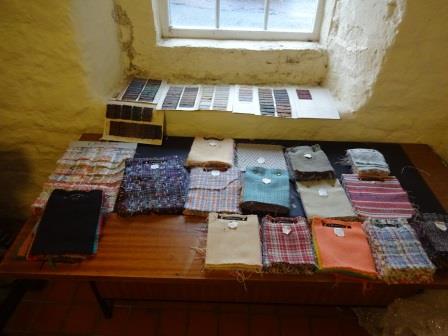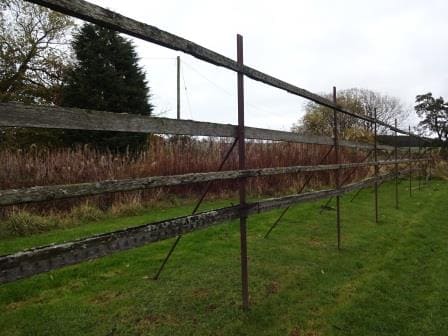- Details
The new wildlife hide at Kielder is clad with Shou Sugi Ban - charred timber, a traditional Japanese material. Larch planks are charred to make them resistant to rot, and then oiled to further protect the surface. Read more about Shou Sugi Ban [Link removed 12/12/23 as no longer in existence]..
Newcastle University Master of Architecture students have designed and built the new hide at Bakethin, as part of the Heritage Lottery funded Living Wild at Kielder project.
- Details
Architecture students from Newcastle University are building a new wildlife hide at Kielder. This is part of Living Wild at Kielder, which brings new opportunities for people to find out and experience wildlife at Kielder.
- Details
Freedom City, a year-long event to commemorate Martin Luther King, is launched in Newcastle today. 50 years ago, in November 1967, Martin Luther King received an honorary doctorate from Newcastle University, to recognise his work for civil rights. In his acceptance speech, the last one which he made outside the US before he was assassinated, he spoke of the three great problems facing the world - war, poverty and racism. Newcastle was the only UK university to honour Dr King in this way. Read about the Freedom City and watch Dr King's acceptance speech here.
- Details
20 years ago I started my first freelance contract in cultural heritage - cataloguing the collection at Otterburn Mill in Northumberland. Wool was processed and woven at Otterburn Mill from the 1820s, and by the 1950s and 60s the mill was producing tweed for fashion houses such as Dior and Schiaparelli, and blankets for British Rail sleeper trains. Lack of investment in the British woollen industry after World War II, and competition from abroad, meant that Otterburn Mill closed in 1976. 20 years later, the mill's new owner, with support from Northumbrian Water and Tynedale District Council, restored the original machinery and created interpretation about wool production at the mill. I was fortunate to be able to catalogue the collection of pattern books, sample bunches, sales ledgers and equipment from the mill's heyday of tweed and blanket production - a feast of colour and texture.

Visiting the mill again today, some of the sample bunches (samples of tweed in the different colourways for each pattern) are still on display, which are so evocative of the styles and colours of fashion of the time.
Otterburn Mill has the last remaining set of tenterhooks in the country - the wooden frames which washed woollen cloth was stretched on to dry, outside in the sun and wind, so that it did not shrink. The edges of the cloth are fastened onto sharp metal hooks, hence the expression "being on tenterhooks" - feeling anxiety or in suspense.
- Heritage Schools wins Europa Nostra award
- Glass Beats
- Leeches and Stories of Glass
- Selma - the right to vote
- Kinder Transport Memorial, Liverpool Street Station
- Goulash Cannon and Tin Helmet
- Remembrance
- Making glass at the National Glass Centre
- The Canary Girls
- Recycling from the First World War
- The Talented and Colossal Mademoiselle D'Jeck
- Visitor Studies in Split, Croatia
- On the border of Slovenia and Hungary
- Culture Matters
- Slovenia
- Repositories of technology
- A piece of Hungarian social history
- Museum + Heritage Show; Arts Professional
- Evaluation training in Slovenia and Croatia
- Iron Applause in Central Europe
- Escaped Circus Elephant!
- Gold from Afghanistan and Foundling fabrics
- The Old Herring Factory, Djúpavík
- Contemporary art from North Korea
- Nicola appointed to Board: Kuratórium
- Workshop in Hungary
- Evaluation Training in Hungary

